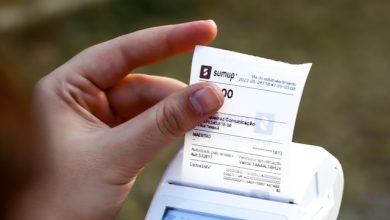Best Indoor Security Cameras for the Home In 2023
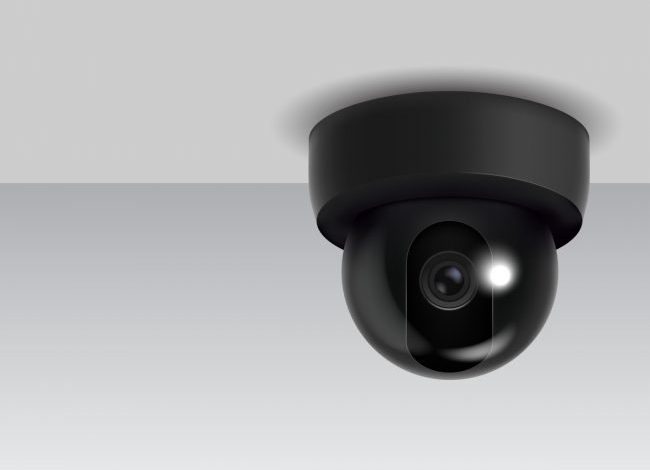
Indoor cameras have been common in security systems for a long time. You can put one at a shared entrance to watch who comes and goes, or you can put one in your baby’s room to keep an eye on them. No matter where the home is, the goal is to give the people living there safety, security, and peace of mind.
Modern security cameras don’t need bulky accessories or make recordings and pictures that could be better. The most cutting-edge models of home security cameras these days come equipped with infrared lights for night vision, automatic cloud or app-based storage, and even two-way communication capabilities to alert intruders that the police have been contacted.
With the two-way feature, you can also talk directly to your kids, pets, or someone special. The products below are the best indoor security cameras in their respective categories.
The Factors to Think About When Purchasing a Home Security Camera for Indoor Use
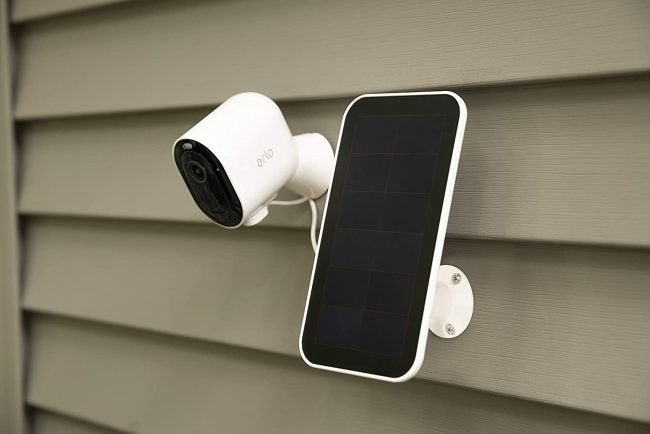
When selecting a camera for your home, it’s important to consider these standard features and choose the ones that align with your desired setup. Don’t forget to explore options for home security cameras to enhance your overall security measures. Start by identifying your most critical requirements and proceed from there.
Resolution
- There are resolution standards for indoor security cameras, and most of them record at 1080p. This may seem high since 1080p is considered high definition (HD). But HD recordings are less sound than 4K resolution (2160p). The resolution ranges from 720p to 2160p, and as the resolution increases, so does the camera’s price.
- When you choose a resolution, think about what you need. If you want to use the camera to talk to your pets when you can’t be there, you don’t need a 4K camera. But if you want to use the camera as the primary way to keep your home safe, you may want to buy a more expensive, higher-resolution camera to see faces and other ways to identify people.
Motion Detection
- Indoor security cameras with motion detection use sensors built into the camera to pick up on movement in their field of view. When these sensors pick up on movement, they tell the camera to take pictures. Some cameras even have ways to move, like panning or tilting, so they can follow the moving object.
- Having a motion-activated security camera inside your home is a terrific way to check in on your kid first thing in the morning or to make sure the house is empty at night. Some cameras will even send you an instant message on your phone whenever they see movement.
Night Vision
- Cameras that don’t have night vision aren’t handy when it’s dark, and they might even have trouble in darker rooms during the day. Because of this obvious flaw, most security cameras now have night vision features that use infrared lighting to record video.
- How far infrared light can travel depends on the camera. Some can only see up to 16 feet away, while others can still see well up to 50 feet away. This won’t matter much for cameras in nurseries, but an indoor camera with a range of 16 feet is not the best choice for larger rooms or entrances if the required field of view is more significant than what the infrared lighting can cover. When choosing night vision upgrades, think about how secure you want to be.
Cloud Storage
- Online data storage is often called “the cloud” to describe it as a whole. Many people who sell or make cameras offer instant data backup on an online server that can be accessed immediately and kept for a long time. But these companies won’t store the information for free.
- Some companies will store data from security cameras for a monthly or yearly fee. Other companies give their cameras a certain amount of “free” data or bandwidth space, but they start charging after a certain amount of recorded footage or storage space has been used.
- Think about whether you will always be able to delete the video from the storage site within the “free” time or storage limit. If you forget things, you could end up with a bill that keeps getting bigger and bigger. Getting a subscription might save you time and money in the long run.
- Some cameras store data directly on an SD card, but this card can also fill up quickly, especially if the camera is recording at a high resolution, which takes up much more space.
Battery Backup
- A lot of indoor security cameras plug into an outlet. These things don’t need to have their batteries changed or charged, but they do have a few problems. The first is that the length of the cord limits where you can put it, and the second is that if the power goes out, the camera won’t work.
- To make up for this, some companies that manufacture indoor security cameras have started building backup battery systems. When the power goes out, the camera automatically switches to its backup power system to keep recording. If you have to choose a corded option, think about getting something with a backup battery for more safety.
Mobile App and Alerts
- New developments in the world of mobile apps have helped indoor security cameras. Most cameras can now be connected to a mobile app made by the camera maker. This app can show a live stream from the camera, send alerts when the camera detects motion or a face, or even let you talk to pets, kids, and significant others through the camera’s built-in microphones and speakers.
- Smart devices and smart homes are becoming increasingly popular in today’s homes, and indoor security cameras are a great addition to this ecosystem. Smart home-compatible cameras can be turned on by voice, stream video directly to a smart TV, or set up to sound alerts through smart home speakers.
Wireless Range
- In an open area, the average wireless camera can be used from 250 to 500 feet away. The range is only 100 to 165 feet in a closed space like a house. This range can get worse if the signal goes through brick, concrete, or thick floors. Most of the time, walls and windows don’t interfere with the signal, but the camera should be placed so it can see the receiver directly whenever possible.
- Most camera makers don’t advertise a specific range because so many things can affect the strength of a signal, such as physical barriers or the frequency of the unit. Devices that use the same frequency as the camera can interfere with the signal’s range, strength, and consistency.
Additional Features
On top of the features we’ve already talked about, some cameras go even further with innovation by adding features like two-way communication, facial recognition, or settings that are friendly to pets.
- For two-way communication, the camera and your cell phone each have a microphone and speakers that let you talk directly through the camera.
- Security cameras are starting to use face-recognition technology to track familiar faces and send alerts when they see an unfamiliar face.
- Options that are good for pets can have built-in laser pointers or a way to let treats out that you can control with an app.
- Nursery cameras are also becoming more popular; the best ones now have features that can tell when a baby is crying.
Best Indoor Security Cameras for the Home
With these things in mind, we chose the best indoor security cameras based on their price, how well they work, and their reputation:
#1) eufy Wireless Home Security Camera
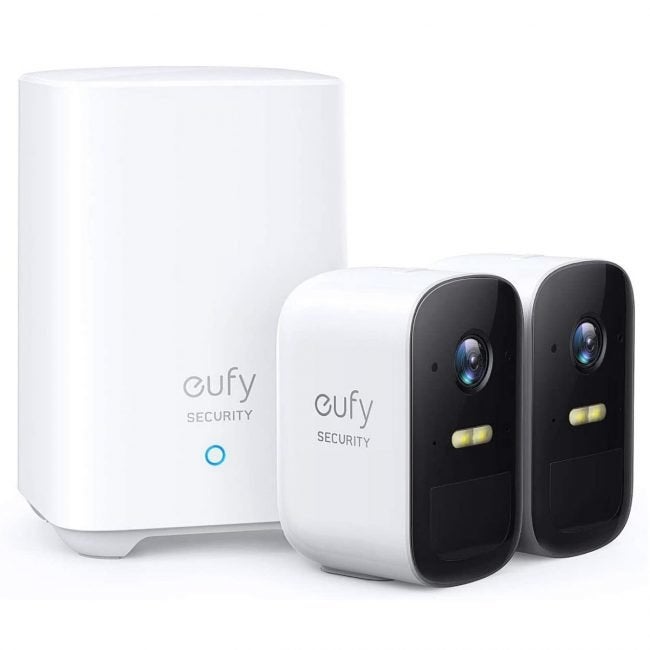
The eufy Wireless Home Security Camera’s 1080p HD quality resolution lets it record better video and audio in its 135-degree field of view. The camera has features that can tell the difference between a pet, a car, or a person, so you only get notifications about what’s important.
Keeping an eye on things at night is a breeze with the help of built-in light and infrared night vision. If your smart home is equipped with the necessary hardware, you can use the app or the sound of your voice to toggle the light on and off. The company also says that your data will be safe from hackers because it is encrypted at a military level.
#2) Wyze Cam Indoor Wireless Smart Home Camera
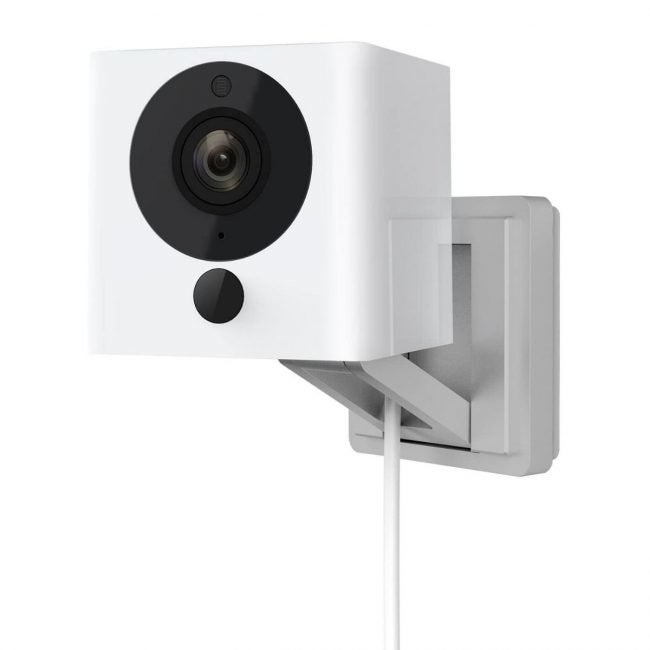
With the Wyze Cam Indoor Wireless Smart Home Camera, you can record in 1080p high definition, upload it to the cloud, or stream it live to your phone or another device. When the camera sees movement, built-in motion detection technology automatically records a 12-second video clip and saves it to the cloud.
This camera is a good deal for more reasons than just how cheap it is. You also don’t have to pay subscription fees or monthly fees. Instead of paying for storage, data saved to the cloud is kept for 14 days before it is deleted automatically. A night vision feature with a range of 30 feet lets you see what’s around you clearly at any time of day.
#3) Arlo Pro 3 – Wire-Free 2-Camera System
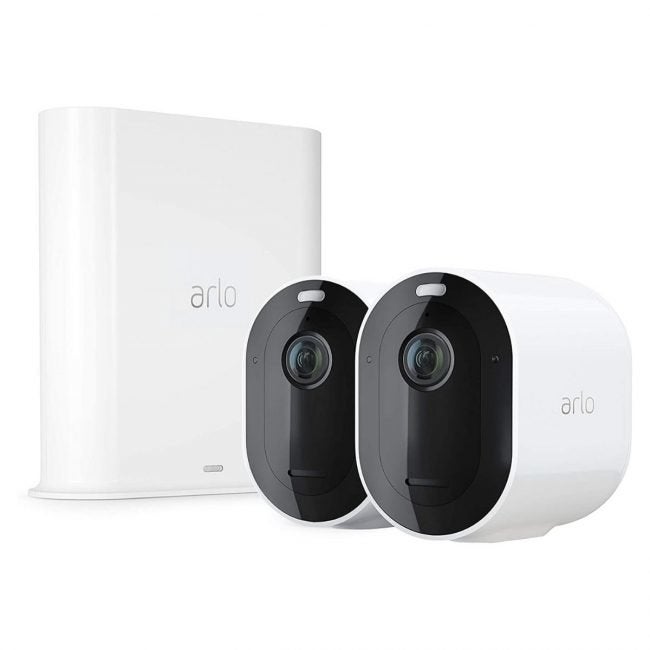
The Arlo Pro 3 – Wire-Free 2 Camera System has a 1440p resolution that makes recordings more evident than ever. The Arlo brilliant service makes it easy for the camera to connect to Amazon Alexa and Google Assistant. There is a monthly fee, but at least the first three months are free.
You can use a built-in spotlight for full-color night vision or infrared lighting to record in night vision. The built-in motion detection can tell the difference between pets and people and immediately send alerts to your phone when it senses movement. The 160-degree field of view could be better, but the image quality makes up for the fact that you can’t pan or tilt this high-end purchase.
#4) Wansview Wireless Security Camera
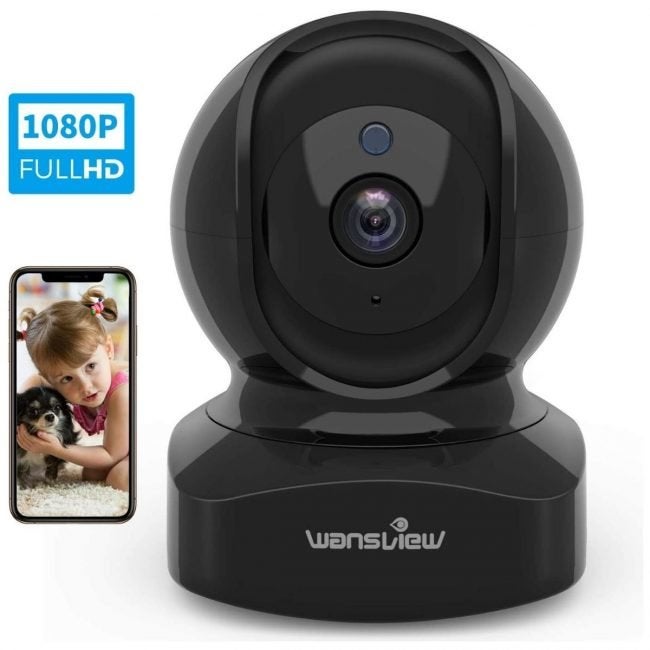
You can put the Wansview Wireless Security Camera anywhere you want it to record. For the best wireless security coverage, you can put it on a table, mount it on the wall, or even hang it from the ceiling. The camera can pan and tilt to record video in 1080p resolution with a 360-degree field of view.
You can get live video and two-way audio on your phone, and if you have a smart home, you can use your voice to control the camera. The small night vision range of 16 feet could be better for large spaces, but this isn’t a big deal as an indoor security camera for a home. When motion is detected, 10 seconds of video are automatically recorded and saved in the cloud or on an SD card.
#5) HeimVision Indoor Security Camera
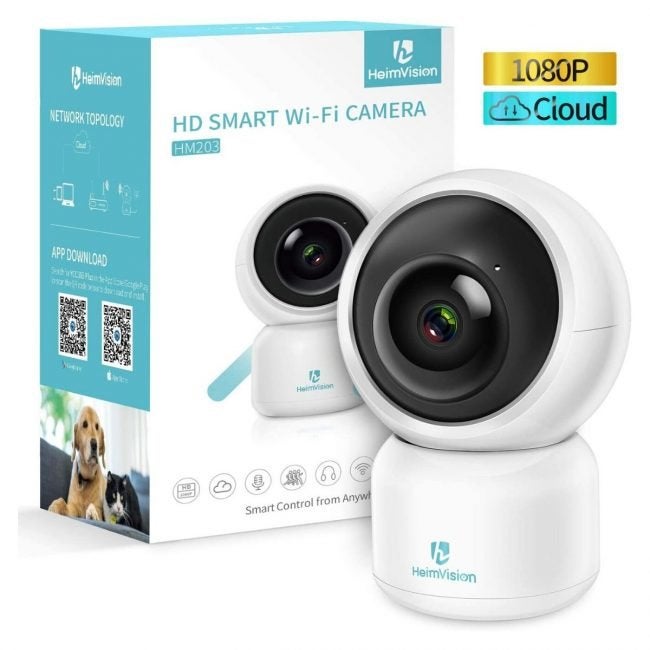
The HeimVision Indoor Security Camera is a great baby, pet, or nanny monitor. It has built-in two-way audio that uses anti-noise technology in the microphone and speakers to block out background noise so you can talk clearly. Because the camera can pan and tilt, the 1080p resolution records a 360-degree panoramic view.
When you aren’t home, motion sensors send real-time alerts to your phone if they sense movement. Auto-tracking can also be used to watch a wandering baby in their crib or a restless pet in the house. The camera has an impressive night vision range of 50 feet and can store data in the cloud and on an SD card.
#6) Wyze Cam Pan Indoor Smart Home Camera
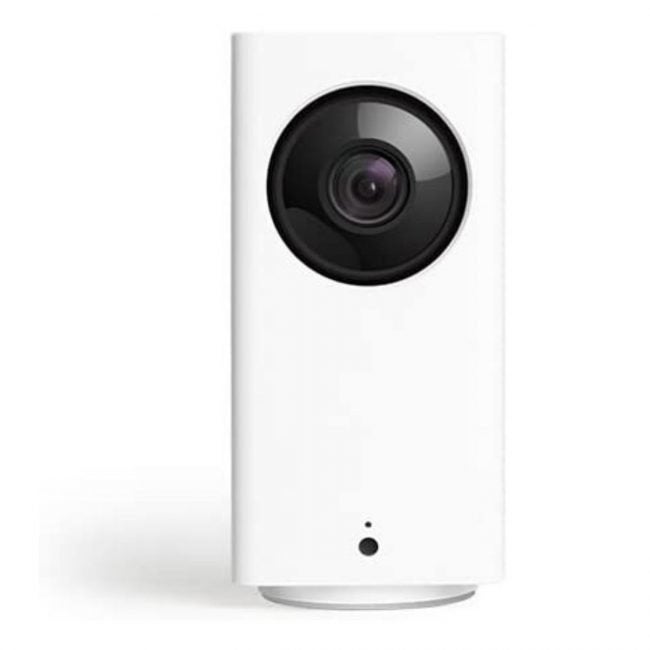
With the Wyze app on your phone, you can pan, tilt, and zoom with a horizontal range of 360 degrees and a speed of 110 degrees per second. When it’s connected to a smart home ecosystem, the Wyze Cam Pan Indoor Smart Home Camera can send and receive sound. Live video streams in 1080p resolution and the ability to move and turn on devices with your voice give you a complete picture of your home security.
You can also save money by not paying fees that keep coming up. Data is stored in the cloud for 14 days, after which it is deleted for free. The night vision range of 30 feet gives you clear recordings even when it’s dark out. This keeps you safe and alerts your phone when motion is detected.

